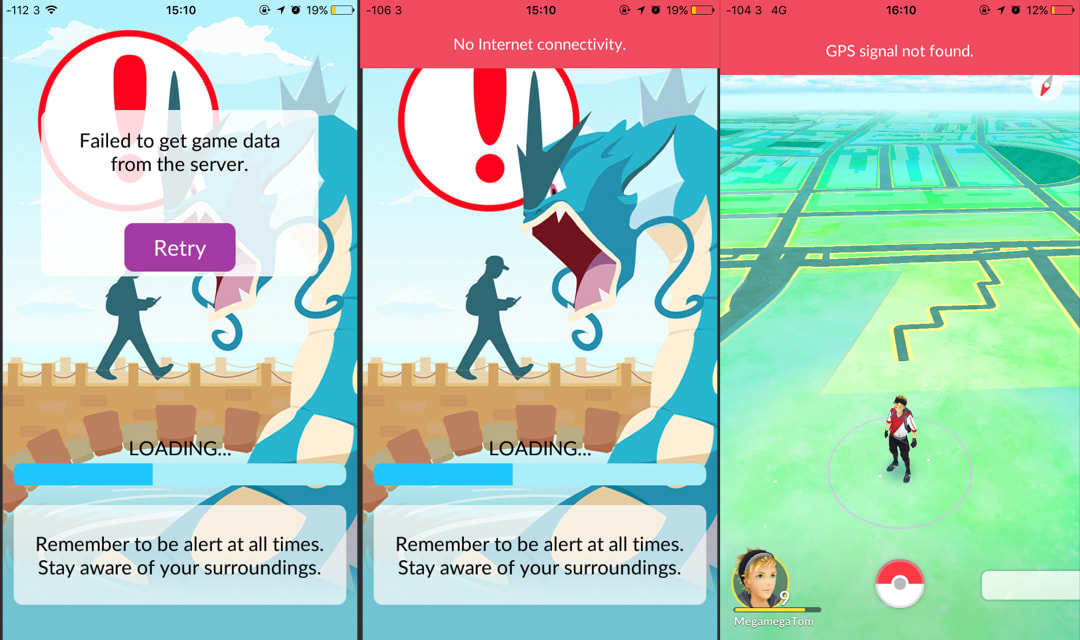What can professionals working in the built environment learn from Pokemon Go? asks BIM+ editor and Pokemon Go player Tom Ravenscroft.
Pokemon Go, the augmented reality (AR) smartphone game where people explore their city to find imaginary animals, has taken the world by storm. An estimated 65 million people are playing the game daily – to put that in context that’s around the same number as are using Twitter.
For the past week, I have been playing the game and Pokemon Go clearly has some interesting urban benefits as it encourages players to explore the cities they live in. It also has health benefits, as an average man playing the game for seven days would burn 1,795 calories, and a woman would burn 1,503.
But what can those working in the built environment learn from the global phenomenon?
Augmented reality is today, not tomorrow
While many will have heard and understood the term virtual reality (VR), up until two weeks ago the term augmented reality (AR) was only being used by the very digitally savvy. Pokemon Go has changed all of this, dramatically increasing awareness of AR. For example, during a CPD last week, given by an employee of 3D printer Hobs Studio, as soon as AR was mentioned an architect said: “You mean like Pokemon Go?” The group then understood what AR was.
Of course, there is a possible negative consideration of this increased awareness. The AR used in the game is extremely basic, a lowest form of the technology. There is a risk that people won’t see beyond the game to the huge potential of AR.
In fact, the technology is already being used in the built environment. Many contractors and architects are experimenting with AR as a visualisation tool, and earlier this year Aecom utilised mixed reality as part of the design process for the Serpentine Pavilion.
Technology and connectivity may not be up to the task
Pokemon Go’s servers have repeatedly failed since the game was launched, leaving many users (including myself) dissatisfied. Given the unprecedented popularly of the game, this may be a reasonable failing.
And while Pokemon Go’s popularity doesn’t seem to be wavering, when people start using technology they (however unreasonably) expect it to work. For those trying to introduce new technology into a business, it is essential that it instantly works well, otherwise people will not buy in.
My experience has also been that GPS and 4G signals have not been good enough. I’m using an iPhone 6 and have often been unable to play the game – I’m sure the screens below are familiar to anyone playing the game.
Although this may seem trivial, after all I am only playing a game, the implications for those in the built environment keen to utilise any software that requires an accurate location are more serious. Before these location-based technologies can truly be used on site, GPS and 4G coverage is going to need to improve.

Technology can be dangerous
Last Thursday the BBC published a story entitled “Pokemon Go: Is the hugely popular game a global safety risk?” and there have been numerous stories in the press since Pokemon Go was released of users getting injured while playing the game, for example “Man jumps into traffic playing smartphone game”. Last week the first case of a Pokemon Go-related death was reported: “Teenager shot dead while hunting creatures”.
Tragic events of course, but there is an important lesson for the built environment. Building sites are dangerous places. With increasing numbers of smartphones and tablets been used on site, the safety of users needs to be a serious consideration. Maybe we will need to consider warning markings on the floor, or even location activated digital warnings?
Haters gonna hate
Pokemon Go has been downloaded at a faster rate, and has more daily users, than any previous mobile game. It is clear there is a very large audience, both male and female, that is hungry to engage with digital technology. Contractors, architects, engineers and other built environment professionals should be thinking about how to use AR to attract these digital natives into the industry in the same way the CIOB is utilising Minecraft to educate young people about the construction industry.
However, another clear trend has been the huge amount of negativity, scepticism and mocking of those playing Pokemon Go.
A large umber of news stories are focusing on the negative elements of the game. I have been asked “what’s the point” and simply told “it’s just stupid”. Construction is traditionally very conservative and I’m sure that those trying to implement digital process in their companies, whether BIM or VR/AR etc, are facing the same scepticism.
Utilising new technology can be profitable
Of course, we already know this, as Apple and Facebook among numerous others have demonstrated. However, Nintendo’s share value doubling since the game’s launch is a reminder of how utilising new technology can revitalise a business.
Those attempting to get their companies to take BIM seriously and indeed engage with VR and AR should definitely use Pokemon Go as a prime example of the benefits of harnessing new technology.
Up until two weeks ago the term augmented reality was only being used by the very digitally savvy. Pokemon Go has changed all of this, dramatically increasing awareness of AR.–
Comments
Comments are closed.












Since Pokemon Go is using GIS, Mobile devices, real time interaction, and basic geometry it would qualify as a Minimum Viable BIM at level 3.
Not so impressed with these lessons… sad this correlation has been analyzed…
I tried that Pokemon Go on site yesterday and gave up after 10 minutes. It was showing pokemon playing around on the scaffolding but when I got there I couldn’t see anything. This is a health and safety nightmare because I almost slipped in rushing to catch them.